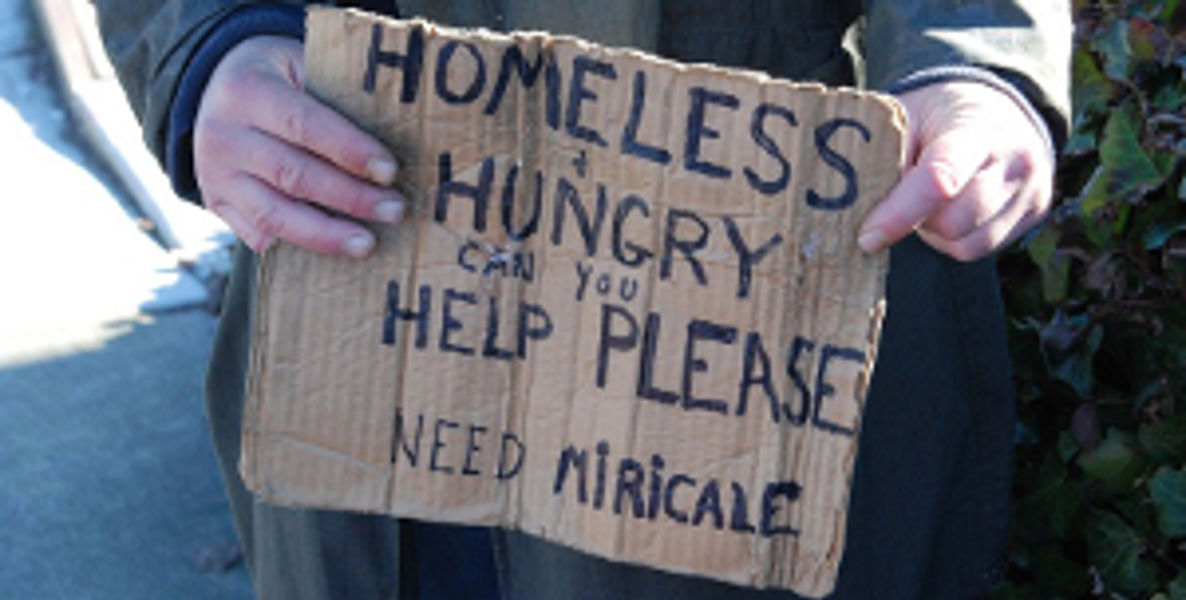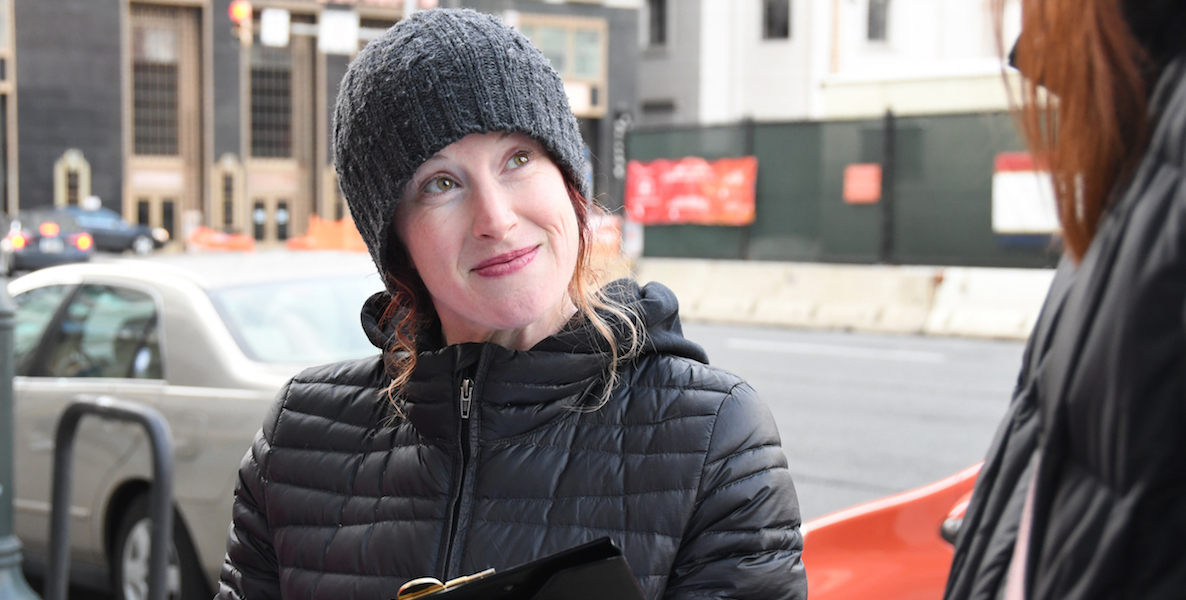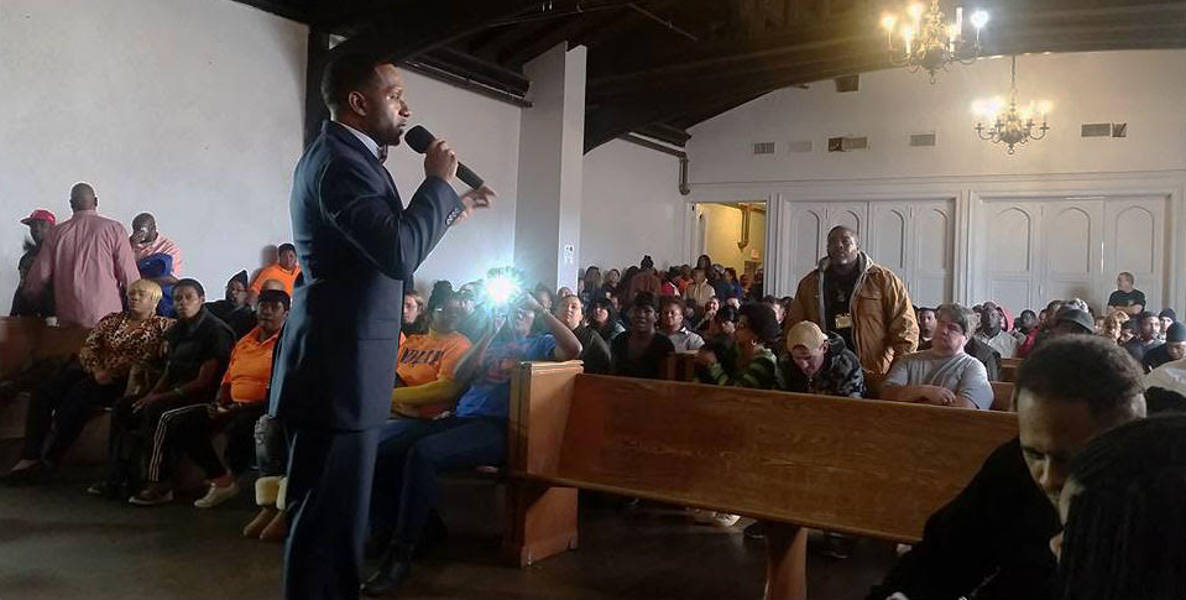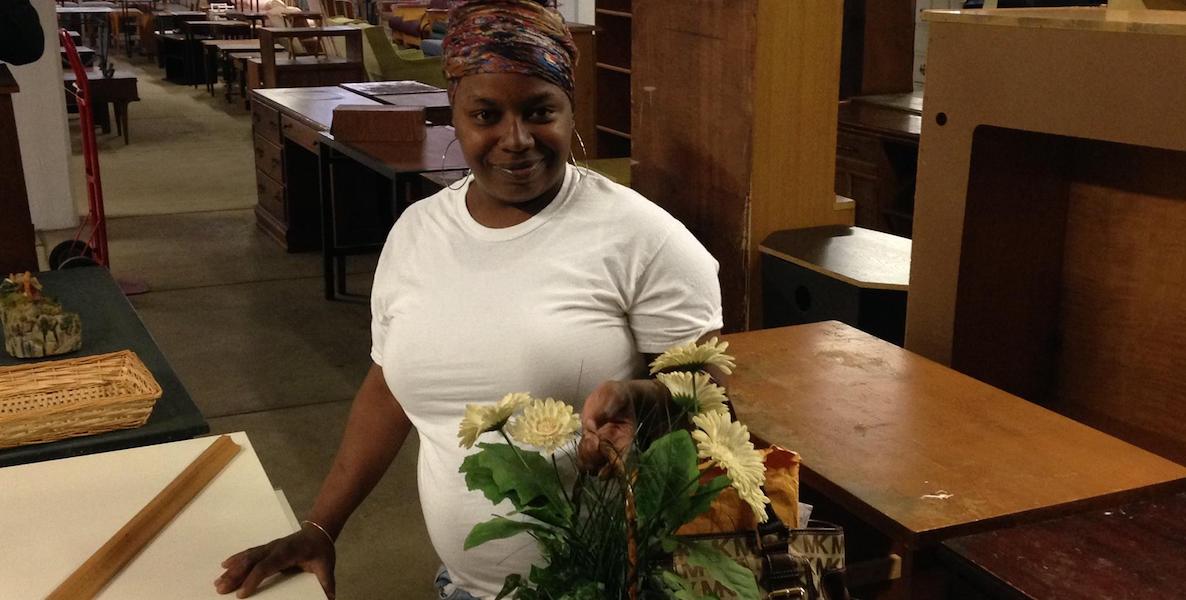Housing First. The idea is simple: Instead of making the homeless—often ex-offenders and folks with severe mental health conditions—work through programs before they are deemed capable of living alone, you work backwards, furnishing them with a place to live first. In the Housing First model, home isn’t the light at the end of the tunnel.
Rather, it’s a starting point, a safe place and a base of operations from which you can begin your recovery, or reassimilation into normal life. It’s a model that has proven successful around the country, including in Utah, which has used it to eliminate its homelessness. In Philadelphia, Pathways To Housing PA, an advocacy group that has a rather large footprint in Pennsylvania, has over 300 people receiving housing and personal care as part of its program.
Folks who are referred to Pathways, often by a case or social workers, are given their own home or apartment, even if they are not, as Pathways says,“deemed stable” or “clean and sober.” The work really begins from the moment they’re given the home: Participants must engage in intensive personal help courses and contribute 30 percent of whatever income they have to utilities and rent. Pathways says that 89 percent of people who take part in Housing First programs do not revert to homelessness.
But a few years back, the group noticed an unforeseen issue: The houses that they were giving to participants were just that—houses, and nothing else. No beds, no kitchen tables, no couches for entertaining guests—none of the things that made their new houses a home.
From 2015 to 2016, the total number of houses that the Furniture Bank furnished grew from 388 to 610, and the total number of people served grew from 1,080 to 1,325. Similarly, the total estimated value of the furniture given to the group grew by nearly $130,000 in that year. All of these numbers are set to trend up further in 2017.
Participants, still grateful for the roofs over their heads, made due with jerry-rigged, makeshift and often unsafe furniture. They slept on palettes or air mattresses, and used wooden spools for tables; some participants were eating their meals on staircases because there was nowhere else to put a plate down on a flat surface at chest-level—and nowhere else to share a meal.
“There were stories of folks going back to the shelter after being put into housing, because there was nothing in the house,” says Tom Maroon, executive director of the Furniture Bank, a two-year-old warehouse that now provides furnishings for Pathways participants. “When you’re poor, and you’re climbing and scratching your way back, having furniture makes your house more than just four walls and a ceiling.”
So Pathways hatched a plan. A really freaking big one. Like tens of thousands of square feet big. A little over two years ago, they began renting out warehouse space in Kensington and soliciting furniture donations, first from regular folks who wanted to contribute to Pathways. As awareness of the program grew, the Furniture Bank began receiving donations from area businesses, specifically hotels, offices and furniture stores that had old or surplus furniture to offload or turn into a delicious tax writeoff. Business donations now account for most of the Furniture Bank’s wares, but personal donations still make up a hefty portion of the stock; Howard Pinder, assistant director at the Furniture Bank, says they get about a truckload of personal donations of furniture every day.
“And really, we could probably use another truck out there,” he says.
From the perspective of someone who has never been on the street, furniture can be an easy kind of thing to overlook. It’s ubiquitous. Sometimes it comes with an apartment or home, sometimes it comes as a gift and sometimes it comes as a massive investment. Plenty of young people furnish their first apartments with their dorm room trappings; still others can just grab an old, unused set of shelves from their parents’ basement. But where does your furniture come from if you have nothing and no one, if you’ve been separated from both a source of income for years, as well as your friends and loved ones?
“The furniture in my house made me think a lot about it,” says Maroon, a former English teacher and stay-at-home dad who was brought on to run the warehouse as a one-man workforce after offering his help to Pathway’s CEO. “Ninety percent of it was given to us by family and friends. And when you’re homeless, it’s really hard to keep those connections. Part of the recovery that Pathways does is to get people reacquainted with their family and friends. We worked with a guy who was homeless for five years, and none of his friends knew he was homeless. He has his own place now, and he’s still shy about it.”
The titanic Furniture Bank warehouse floor is almost completely full, save for the walking paths that Maroon, Pinder and their volunteers have created for navigating the space. There are bookshelves and desks and dressers and lamps and couches and loveseats and a whole pile of fresh twin beds, white as crinoline and still in their plastic sheets. (“We initially accepted donations of used beds,” says Pinder. “But no one in the world wants a bed with a stain on it.”)
Pathways also receives donations from IKEA; their office at the front of the warehouse is about as Swedish as Dag Hammerskjold and the foyer out front looks like it could be an in-store model. The facility itself, for a warehouse floor at least, is pristine and well-kept; it feels more like traipsing through a new furniture store than, say, a Salvation Army—something that already is empowering to folks getting back on their feet. And everything is free of charge.
Here’s how it works: Pathway residents (or folks from one of about 35 housing and recovery agencies the organization works with) are referred to the Furniture Bank by social workers or advocates within their program. They schedule a date and time to survey the wares of the Furniture Bank and pick what they like. As they make their way through the warehouse, they mark the items that they want with tape; those items are later delivered to their homes. It’s a hell of a thing for Furniture Bank participants to be able to make their house into a home in one fell swoop.
“The people appreciate every piece of furniture they get,” says Will Thompson, who makes pickups and deliveries for the Furniture Bank. “They might get a couch with a stain on it, but they go from sitting on boxes and crates to having a sofa to sit on. Once we deliver their stuff, they want to help get it into the house.”
Robin Tracey, social enterprise and employee initiative manager for Pathways, recalls a recent customer, a 30-year-old veteran who became homeless after going through a bad patch when he got out of the military. He came into the warehouse with his young daughter, to furnish the home he’d finally secured with the help of social service agencies. He was grateful just to be there—then he spotted a leather couch that he said was perfect for his new home. “He was so excited about it,” Tracey says. “And his daughter was so excited just by the fact that he was going to pick up furniture.”
“There were stories of folks going back to the shelter after being put into housing, because there was nothing in the house,” says Tom Maroon, executive director of the Furniture Bank. “When you’re poor, and you’re climbing and scratching your way back, having furniture makes your house more than just four walls and a ceiling.”
From 2015 to 2016, the total number of houses that the Furniture Bank furnished grew from 388 to 610, and the total number of people served grew from 1,080 to 1,325. Similarly, the total estimated value of the furniture given to the group grew by nearly $130,000 in that year. All of these numbers, according to the Furniture Bank, are set to trend up further in 2017.
That’s a sign of both progress and of growing need. Like many non-profits that are scaling up, the Furniture Bank is severely understaffed. Currently, Pinder, Maroon and Thompson take up the brunt of the physical labor at the warehouse, from repairing donated items to loading and driving the truck. And none of these guys have any experience in running a warehouse. Pinder was a hospital chaplain and former seminarian who wanted to find some more hands-on work, and Thompson was just looking for a gig five months ago and filled out a Craigslist ad.
They are always looking for volunteers to help lighten the load, particularly in the winter and early spring. According to Pinder, the Furniture Bank can attract 40 volunteers in a weekend over the summer, but at this time of year they’re sometimes lucky to get two or three. It is hard work, for sure. But it is also rewarding in a way that few of us get to experience in our everyday lives.
“People are so excited when they get a chance to choose their own furniture,” says Pinder. “Sometimes they dance, sometimes they shout. Sometimes they just lay down on their new bed. That’s the best.”
Header photo courtesy of Philadelphia Furniture Bank






